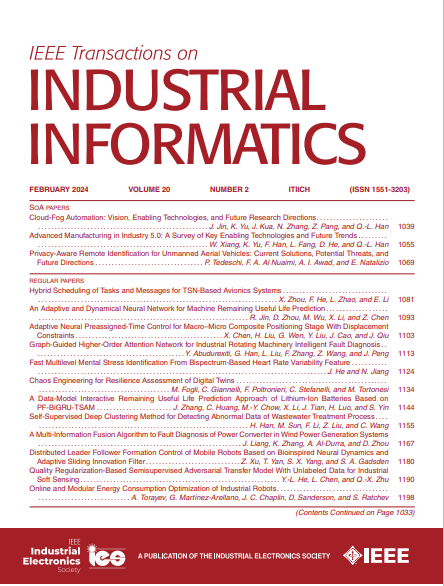时变多元线性$\mathcal {M}$张量方程的类神经动力学
IF 9.9
1区 计算机科学
Q1 AUTOMATION & CONTROL SYSTEMS
引用次数: 0
摘要
近年来,在连续模型的基础上提出了许多离散神经动力学模型来求解多线性张量方程。然而,现有的这些离散模型都依赖于数值算法,如欧拉差分公式和泰勒型差分公式,可能存在可行参数有限的固定选择问题。本文建立了一种求解时变多线性张量方程(TMTE)的类短时学习神经动力学(FLLND)模型,为从连续张量方程构建离散计算模型开辟了一条新的道路。具体来说,为了保持所构建模型的一致性和更好的泛化,利用类似few-shot-learning的方法从小数据集中学习参数。然后,通过理论分析证明了所构建的FLLND模型在解决TMTE问题时的收敛性和鲁棒性。最后,给出了若干TMTE实例来说明FLLND模型的有效性和实用性。本文章由计算机程序翻译,如有差异,请以英文原文为准。
Few-Shot-Learning-Like Neural Dynamics for Time-Dependent Multilinear $\mathcal {M}$-Tensor Equation
In recent years, many discrete neural dynamics models are presented based on continuous models to solve the multilinear tensor equation. However, these existing discrete models all depend on numerical algorithms, such as Euler difference formula and Taylor-type difference formula, which may suffer from the problem of fixed selections with limited feasible parameters. In this article, a few-shot-learning-like neural dynamics (FLLND) model is constructed to find the solution to the time-dependent multilinear tensor equation (TMTE), which opens a new road in constructing the discrete computing model from its continuous counterpart. Specifically, to keep the consistency and better generalization of the constructed model, a few-shot-learning-like method is leveraged to learn parameters from a small dataset. Then, theoretical analyses are conducted to demonstrate the convergence and robustness of the constructed FLLND model in solving the TMTE problem. Finally, several TMTE examples are provided to illustrate the effectiveness and practicality of the FLLND model.
求助全文
通过发布文献求助,成功后即可免费获取论文全文。
去求助
来源期刊

IEEE Transactions on Industrial Informatics
工程技术-工程:工业
CiteScore
24.10
自引率
8.90%
发文量
1202
审稿时长
5.1 months
期刊介绍:
The IEEE Transactions on Industrial Informatics is a multidisciplinary journal dedicated to publishing technical papers that connect theory with practical applications of informatics in industrial settings. It focuses on the utilization of information in intelligent, distributed, and agile industrial automation and control systems. The scope includes topics such as knowledge-based and AI-enhanced automation, intelligent computer control systems, flexible and collaborative manufacturing, industrial informatics in software-defined vehicles and robotics, computer vision, industrial cyber-physical and industrial IoT systems, real-time and networked embedded systems, security in industrial processes, industrial communications, systems interoperability, and human-machine interaction.
 求助内容:
求助内容: 应助结果提醒方式:
应助结果提醒方式:


